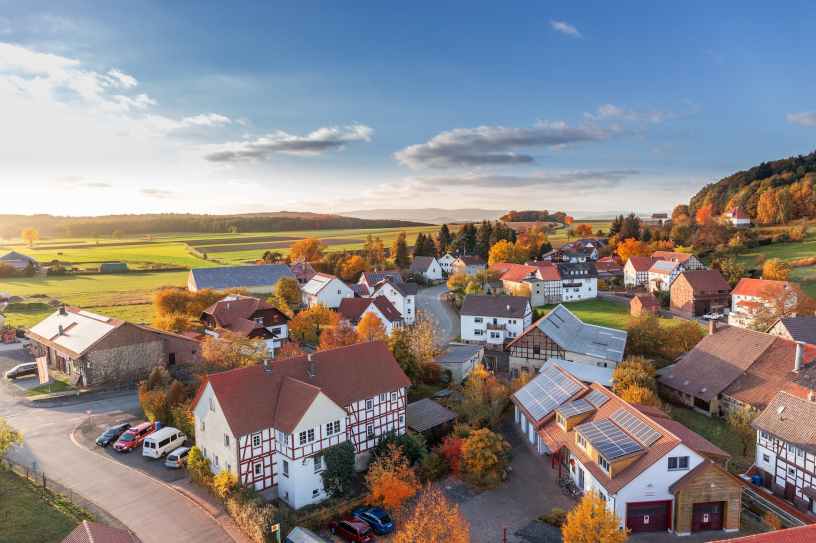By Patricia Fontejon
For many, small-town America is the epitome of the American Dream, a place where everyone knows your name, where you live in a house with a white picket fence and a rose bush garden, the perfect place to raise a family and feel secure in your surroundings. If someone is in need, the whole community rallies together to help. That’s the Dream, at least.
This Dream has inspired generations of people in the U.S. to work hard and achieve their aspirations. This idealistic small-town America is popular in television and movies, such as “Back to the Future,” “The Vampire Diaries,” and “Gilmore Girls.” The American Dream traditionally promotes the achievement of wealth and material possessions, however, that Dream has evolved.
The early version of the American Dream was all about money and possessions. It was driven by the quest for financial security, education, and homeownership. People saw education as a means of better job opportunities with the long-term goal of buying a home. The media of the 1950s fueled this desire for more material goods, and the “real sign of success in our society used to be owning expensive items, namely cars and homes, and acquiring more material wealth. Living the American Dream meant going from dirt poor to filthy rich and becoming more than you could have ever imagined,” said in an article from the University of Cincinnati.
As time went by, people realized that despite the money and the number of TVs they had, they weren’t any happier, however.
Today’s version of the American Dream has shifted focus from the traditional financial approach to personal satisfaction and happiness. Instead of working day and night to acquire material possessions, the dream shifts from a new car and dishwasher to actually enjoying life. Success means different things to different people, but the general consensus is that in order to achieve happiness, that means living life to the fullest.
According to a survey conducted by the Center for a New American Dream, “78 percent of people considered personal freedom extremely important in their vision of the American Dream.”
The new American Dream promotes the idea that people should work towards achieving a meaningful life rather than accumulating wealth. The traditional American Dream is still present, however, with nearly a quarter of Americans still considering affluence the goal, according to the Center for a New American Dream.
Inclusivity and diversity allow for a greater range of opportunities and perspectives, which in turn broadens the definition of the American Dream beyond financial success. It ultimately promotes a society where all individuals can access the resources and opportunities needed to achieve their personal goals.
Despite the enormous opportunities, many challenges and obstacles hinder the achievement of the American Dream. Job competition, particularly for millennials, is a critical hurdle, with many unable to find meaningful employment. The high cost of education and healthcare limits people’s ability to get ahead. The rising income disparity and economic uncertainty have made it increasingly difficult to attain financial security, thus remaining out of reach for some.
Undoubtedly, the evolution of the American Dream has led to positive developments in society. While it has consistently evolved, pursuing the American Dream has never been an easy path. There has always been a sense of uncertainty and challenges. However, people are motivated by the promise of opportunities and the feeling that their version of the American Dream is within reach.
The American Dream has evolved substantially from the traditional financial-centric approach to personal satisfaction and fulfillment. It now promotes opportunities for everyone, regardless of their background. While there still seem to be many challenges for people achieving this dream, this new definition of the American Dream allows everyone the chance to live their best life and makes it a worthy goal to strive for.
